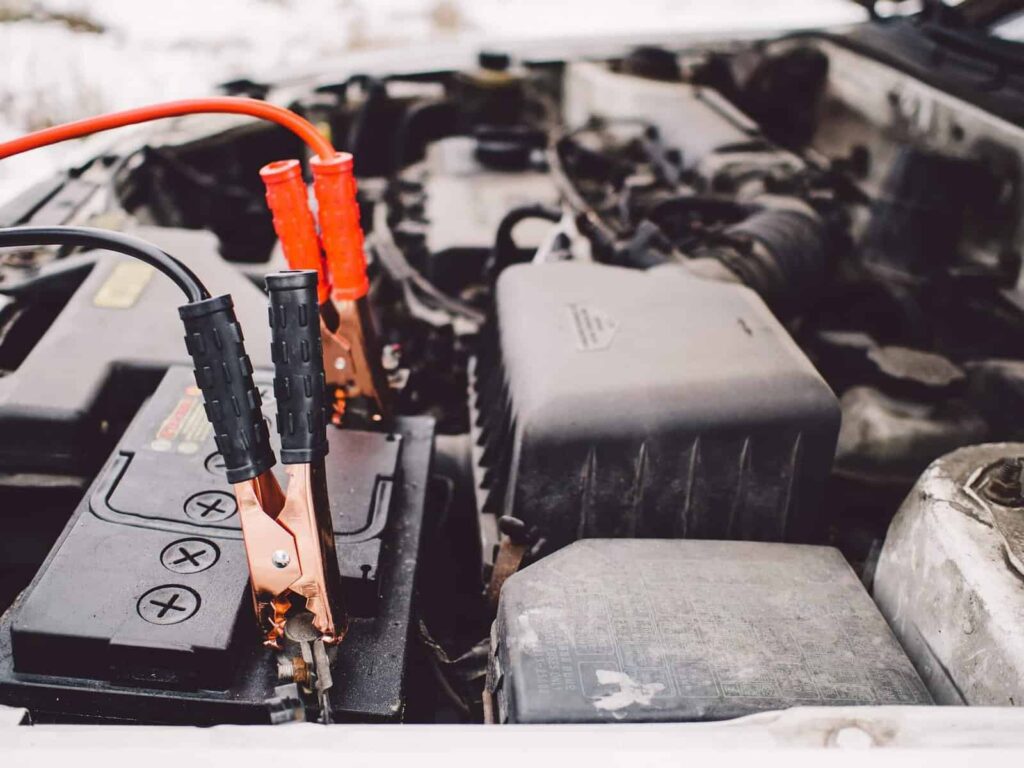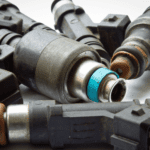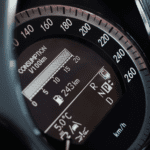There are different ways to recharge a car battery, including leaving the car running. This article will explain how this method works and how long you should keep the car running to charge the battery.
If you’re wondering how much time you need to charge the battery, leaving the car running for around 15 to 30 minutes should provide enough charge to turn the vehicle off and restart it. However, it’s important to remember that every car has a different alternator and charging system output, so the charging rate may vary from one vehicle to another.
Another factor to consider is the battery’s or alternator’s condition. If the battery is damaged and has no fluid (distilled water), it won’t be able to hold a charge. Equally, if the alternator is not functioning correctly, the battery won’t receive the correct voltage to charge it.
How Does a Car Battery Charge?
Cars require a lot of power to run various accessories, which can quickly drain the car battery. Cars are equipped with a rechargeable battery and an alternator self-charging system to address this issue.
The battery contains lead plates submerged in a mixture of sulfuric acid and distilled water. Each lead plate is connected to a metal rod covered by a metal nub, which serves as the terminal for the battery cables. When a car is started, an electric current is produced within the battery, which is then transferred to the starter to get the motor running. To keep the battery charged, the vehicle relies on the alternator to continuously regulate and input charge back into the battery.
The Alternators Function
An alternator is the car’s electrical charging system. It works similarly to a generator and consists of a magnetic coil and rod. The alternator’s function is to convert the mechanical energy generated by the vehicle into electrical energy. This electrical energy then passes through to the battery, charging it. The battery, in turn, powers other electrical components of the engine, such as the starter motor, which is responsible for cranking the vehicle over.
Why Do Car Batteries Need Recharging?
Car batteries need recharging because they provide the electrical energy required to start the engine and power the various components in the vehicle. Over time, the battery loses some of its charge due to everyday use and environmental factors such as temperature and humidity. This can lead to a decrease in voltage and eventually result in the battery being unable to start the car. Recharging the battery helps to restore its charge and prolong its lifespan.
Will Leaving The Car Running Charge The Battery?
Leaving your car idle can help charge the battery. This is because the alternator is responsible for generating electricity in the vehicle. As mentioned earlier, the alternator manages the car’s battery by supplying it with electricity to keep it powered. However, this can only happen if the car’s engine is running, which maintains the alternator pulley rotating and generating more electricity to charge the battery.
How Long to Leave a Car Running to Charge Its Battery
If your car battery is flat, the time it takes to recharge will depend on two things: the charging output of the alternator and the battery’s ability to accept a charge. If your battery is old or damaged, it may not be able to hold or accept a charge.
The best way to recharge your car battery is to drive it. The recharge begins the minute you start driving, so you can put enough charge back in to switch the engine off and back on again in around 7 or 8 km. However, an alternative method is to idle your engine and leave it running for approx. 15 – 30 minutes, this is providing the battery is still working correctly.
If you’re driving to recharge the battery, it’s essential to be mindful of how much electricity you use. For example, if it’s cold and dark outside and you’re using your headlights, heater, and radio, you’ll use a lot of electricity. This means it will take longer to recharge the battery fully. Obviously, don’t drive with your headlights off when it’s dark outside!
Does Revving the Engine Charge the Battery Faster?
When you rev an engine, it causes the car’s crankshaft to turn faster. This results in the belt running the alternator turning faster, which, in turn, produces more electricity and a faster charge. However, revving an engine while idling to charge a car battery is not ideal because it can cause damage to the engine components and is not an efficient way of charging the battery.
How to Know if the Battery Is Being Charged
There are various ways to determine if your car battery is charging. The most effective way is to use a voltmeter, but if you don’t have one, there are other methods you can utilize.
Firstly, check if your car has a charging indicator light and if it’s on. If it is, then your battery is most likely charging. Another way to check is by turning on your headlights. If they appear dim but brighten when you rev the engine, your battery will be charging.
Using a voltmeter is the most reliable way to confirm that your battery is charging. Connect the voltmeter to the battery and start the engine. A good alternator should charge between 13.4 and 14.4 volts while idling.
How Long Will a Battery Last Without Being Charged
The lifespan of a car battery without being charged is relatively short. A new car battery can last about two weeks or more before requiring a charge. However, if left uncharged, it can last up to two or three months before it runs completely out of power.
Once you turn off your car engine, your car battery stops charging. It can remain in this state for weeks or even months before losing its charging capacity. To maximize your car battery’s lifespan, plug it into a trickle charger if you plan to store your car for an extended period. Alternatively, you can keep a battery jump pack handy in emergencies.

Frequently Asked Questions
What Should I Do If My Car Battery Won’t Hold A Charge?
If your car battery doesn’t hold a charge, you should get it tested to see if it needs replacing. You can also check the battery terminals for any signs of corrosion and clean them if necessary.
How Do You Use A Voltmeter To Check If The Car Battery Is Charging?
To use a voltmeter to check if your car battery is charging, connect the positive lead to the positive terminal and the negative lead to the battery’s negative terminal. Turn on the voltmeter, set it to DC voltage, start your car’s engine, and check the reading. Your battery is charging properly if it’s between 13.4 and 14.4 volts.
Final Words
If you want to ensure your car battery is sufficiently charged, it’s best to leave your car running for some time. The longer you keep the car on, the better the chances of achieving a fully charged battery. Typically, after about 30 minutes of idling, the alternator in your vehicle should have provided enough charge (assuming there are no other faults) to turn off the engine safely.









